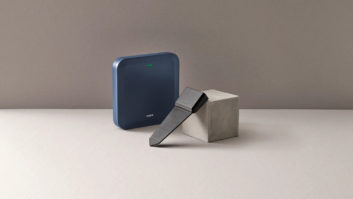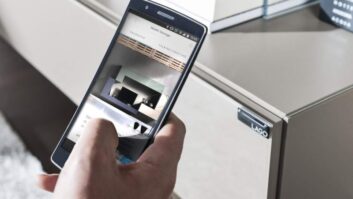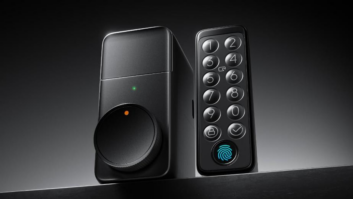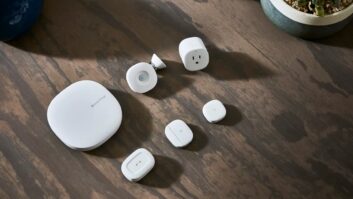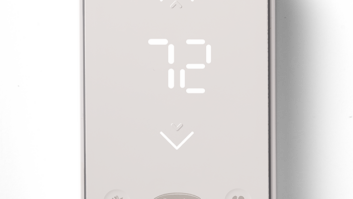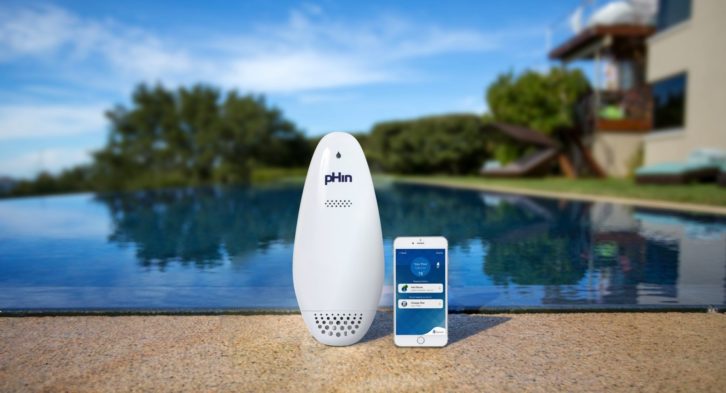
Growing up in California, the only people I knew who owned swimming pools were rich friends, so I never had any experience with the continual maintenance “joys” that come with pool ownership. When I moved to South Carolina and started house hunting, the fact that the house we bought — and still live in — had a swimming pool played a large factor in my buying decision.
“I’ve really made it,” I thought. “Now I own a house that has a pool!”
You know what they say about being careful what you wish for?
In the past 20 years that we’ve lived in our home, I’ve learned two things: One, I don’t really care about swimming; my favorite part of the pool is lying by the pool, reading a book, and listening to music. Two, pools require a lot of work.
This is because swimming pools are actually sentient and vindictive. They know when you are getting ready to go on vacation, and choose that moment to blow a crucial part in the filtration system that isn’t available locally. Or they wait until you leave and then stop running for someone reason so you come home to your own private Black Lagoon.
See also: Josh.ai Joins First Buying Group With Azione Unlimited
When I get up in the morning and when I come home from work each day, the first thing I do is walk to the back door to check on the pool to make sure it hasn’t done something diabolical in the preceding hours. If it wasn’t for my 4- and 13-year-old girls loving it, I’d seriously consider filling it in.
So, when pHin’s PR team asked if I’d like to take a look at the company’s new water monitor, I was totally game. If anything could make pool ownership less of a hassle, I’m all in.
The $349 device arrives in a box with the Smart Monitor that goes in your pool, the Wireless Bridge that pushes all the data up to the cloud through your Wi-Fi, and a calibration kit that includes 25 test strips and a color card.
First step is downloading the app, which works with both iOS and Android devices, and setting up an account using either an email address or phone number. Next you scan the QR code on the back of the Wireless Bridge to link it to your account, connect to the home’s 2.4 GHz Wi-Fi, and plug it into an outlet nearest to the pool. The app then guides you through some basic questions like how you sanitize (bromine, chlorine, salt); what you are monitoring (pool, hot tub, swim spa); and approximately how many gallons it holds. The app also lets you tell pHin how often you run your filter pump, add chemicals to a shopping list, setup a chemical subscription plan, and even arrange for a local pool servicer to contact you.
After finishing app setup, you activate the Smart Monitor, link it to the Bridge, and toss it into the pool. The whole process took me about five minutes.
The Bridge and Smart Monitor communicate via Bluetooth, and optimal range between the devices is listed as “less than 80 feet (with clear line of sight),” so this might be the most challenging thing for some larger projects. I never had any connection issues in my install, but I was able to plug the Wireless Bridge into an outlet inside my house about 20-feet from my pool. The kit comes with a tether you can use to keep the Monitor from floating out of range if that is a concern. And, while the Wireless Bridge does have an Ethernet connection, this port is not currently functional.
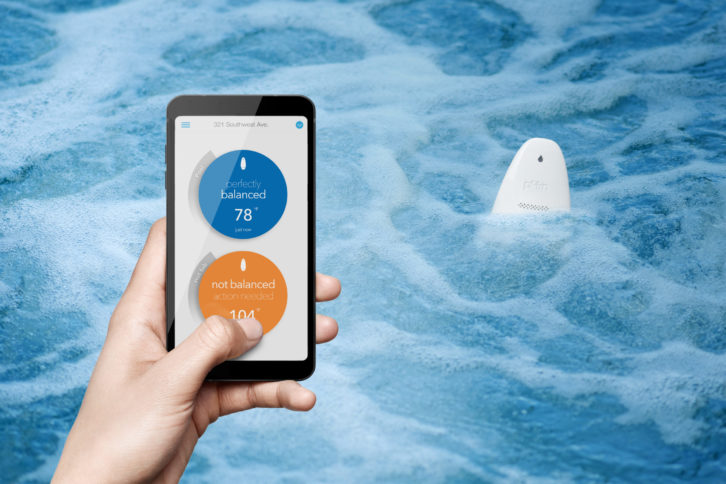
Once running, pHin constantly monitors your pool, claiming it measures pH, sanitizer, and temperatures levels over 1000 times every week (about every ten minutes). The measurements are accurate and reliable and are used in cooperation with the occasional test strip.
And speaking of test strips, the kit comes with 25 of them, prompting you to use one on the initial install to get a baseline and then again every month. You dip the strip into the pool and then place it on a calibration card and take a photo in the app, which sends the results to pHin to report the pool’s Cyanuric Acid, Total Alkalinity, and Total Hardness levels.
When you check the app, you see the pool’s current water temperature with a graphic of the monitor gently bobbing in the water, how recently it took a reading, and whether any actions are needed. Honestly, just being able to remotely check my pool temperature at any time is almost reason enough to buy pHin, letting me definitively show my 4-year-old that it’s just too cold for daddy to go swimming. I can also see how rain affects the temperature (and pH levels) — such as a near 10-degree drop after two cold, rainy days. You can also use an Amazon Alexa skill to get your pool’s current status.
See also: How The Smart Home Is Changing Home Security
Information in the app is easy to follow: If the status disc is blue, all is good; if it’s orange, some action is needed; and if it’s red, the water is dangerously out of balance. If the pool needs something like an adjustment to pH, sanitizer, or shock, it prompts you to add it. pHin takes the guesswork out of how much you should add by letting you scan in the barcodes of your preferred chemicals and then telling you exactly how much to add. (A list of currently supported chemicals can be found here: https://www.phin.co/supported-chemicals/) It will say things like, “Add 3 tabs of chlorine” or “Add 1 pouch shock treatment,” and then monitor to make sure the results were as expected. If an action needs to be performed, pHin will alert you by sending a push notification.
While pHin takes measurements of Cyanuric Acid, Total Alkalinity, and Total Hardness from the test strips, it doesn’t currently make suggestions for which and how much chemicals to add from these results. However, the company says this is on the roadmap, adding even more functionality down the road.
The app displays pH, sanitizer, and temperature in either a daily, weekly, monthly, or 90-day history. At one point, the history indicated my sanitizer levels were steadily dropping for some reason. I checked and there were definitely chlorine tablets, but the dropping rates indicated a problem, leading me to discover that the check valve on my chlorinator was broken. In the past, I would have just wondered why the water slowly turned green, but now pHin let me address a problem before it became a crisis. Awesome.
I give pHin the ultimate compliment, which is that I’ll gladly re-up for another year of the monitoring service — a service that also includes an unlimited monitor replacement warranty. Coming home and looking out at a sparkling pool is a true pleasure, and at about $.27 a day, pHin offers peace-of-mind well worth its price.
As a pool owner, do you really need pHin? No. It doesn’t do anything that you couldn’t do for yourself. You can take dip strip readings, figure out the chemical needs, and go check the floating thermometer. You also don’t need a garage door opener or a remote control for your audio system, but isn’t life just a whole lot nicer with them? That’s pHin.
Kudos: Simple setup and installation; takes the guesswork out of pool maintenance, alerting you to problems before they become crises; remotely checking water condition
Concerns: A tad pricey
Product Specs:
- Continuous automated water monitor measuring pH, water temperature, and sanitizer effectiveness
- Works with pools, swim spas, and hot tubs of all sizes
- Compatible with chlorine, bromine, and salt pools
- Provides simple and exact dosing of chemicals
- Wi-Fi (2.4 GHz) and Bluetooth connection to network
- Amazon Alexa skill for checking pool condition
- Includes first-year monitoring service ($99/year after the first year)
This article originally ran on residentialsystems.com.
See also: ASSA ABLOY Joins Zigbee Alliance Board Of Directors




